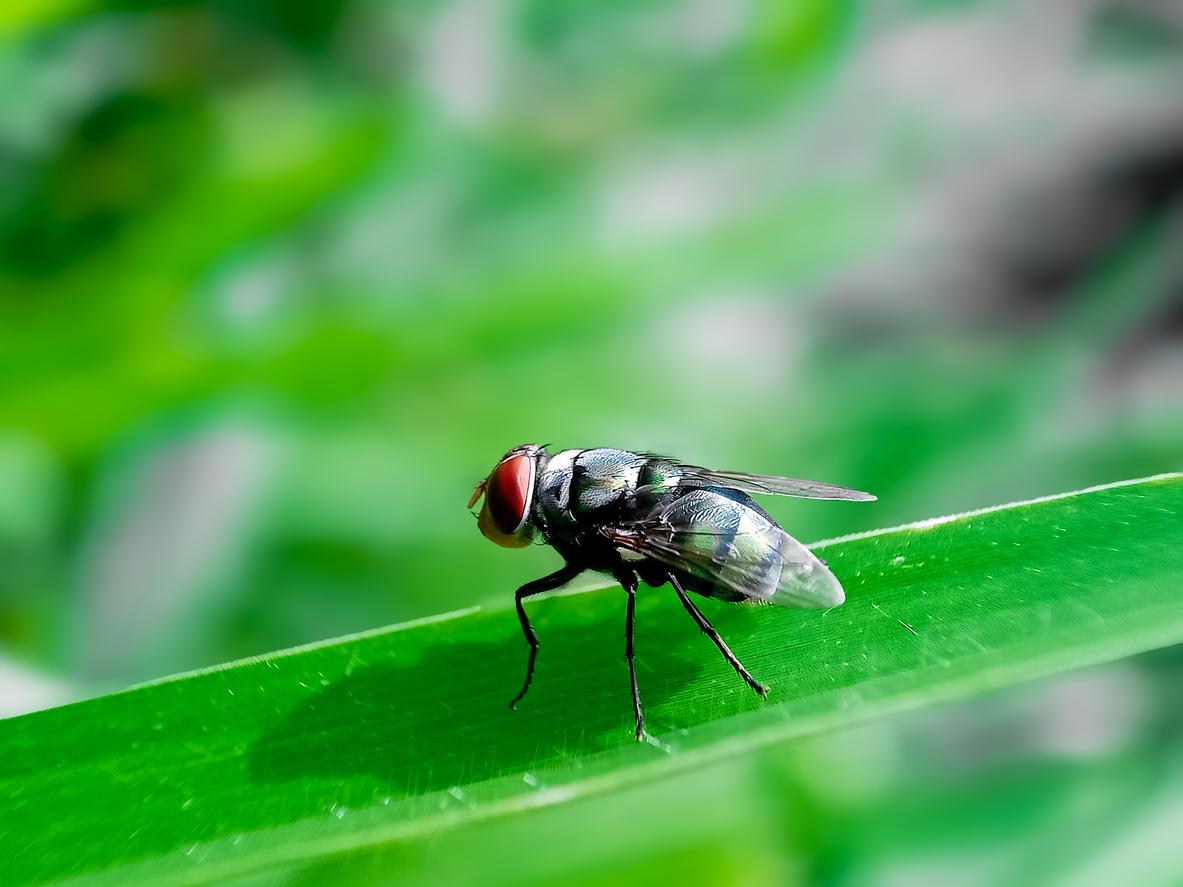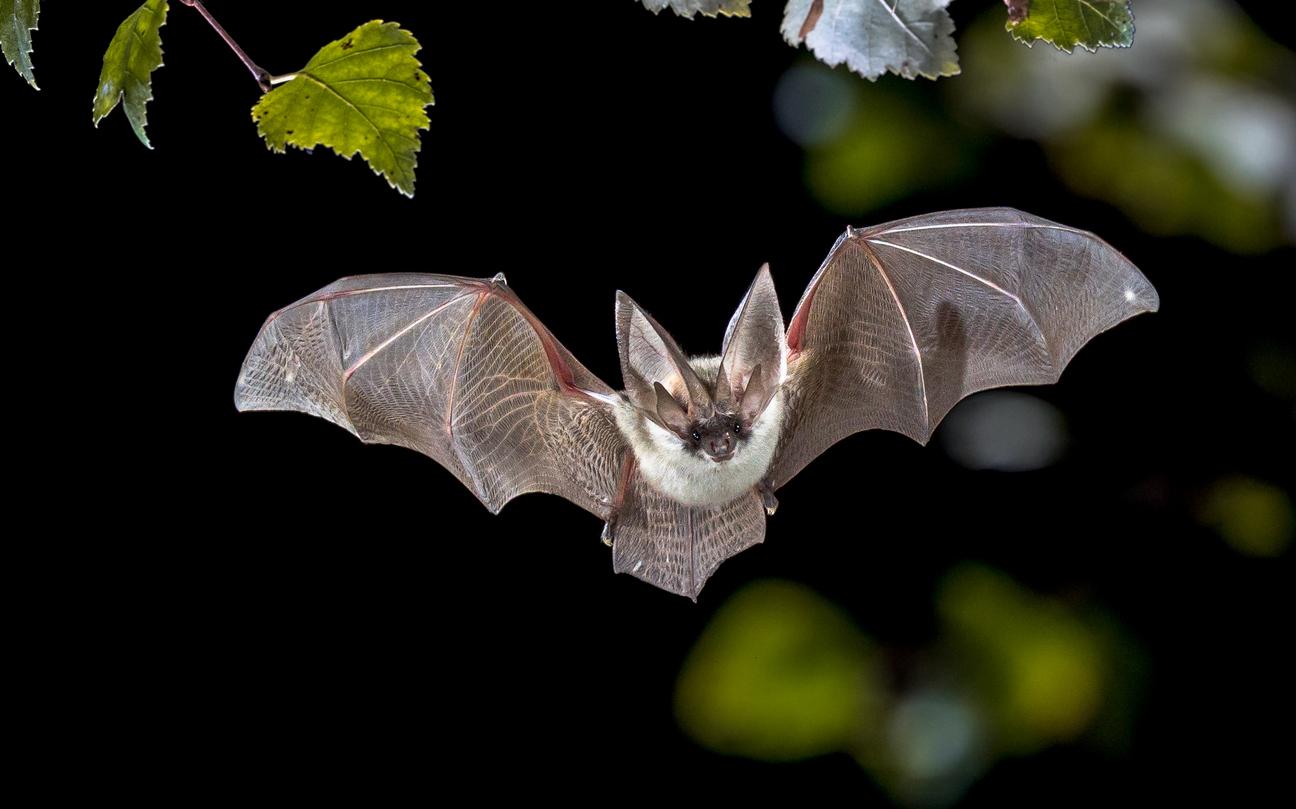While foot-and-mouth disease, a disease that affects animals, has not been detected in Europe since 2011, three cases have just been confirmed in Germany, in water buffalo.

- Three cases of foot-and-mouth disease have been detected in water buffalo in Germany, according to a spokesperson for the Ministry of Agriculture.
- The last cases of foot-and-mouth disease detected in Europe date back to 2011, when the disease was rampant in Bulgaria.
- Foot-and-mouth disease is a viral animal disease that is not transmissible to humans.
It is in Germany that foot-and-mouth disease reappears. According to Michael Hauck, a spokesman for the German Ministry of Agriculture, three cases were detected near Berlin in water buffalo.
In Europe, the last cases identified in 2011 were in Bulgaria
“The focus of the disease is located in the Brandenburg region, neighboring Berlin, he said this Friday, January 10, according to comments reported by The Parisian. These are the first reports of this disease in Germany since 1988.”
In Europe, the last cases of foot-and-mouth disease date back to 2011. The disease then raged in Bulgaria, where several hundred animals were slaughtered. Before that, it was the United Kingdom which, in 2007, was concerned. Foot-and-mouth disease remains prevalent in Africa and the Middle East, as well as parts of Asia and South America.
Foot-and-mouth disease is a viral animal pathology not transmissible to humans, according to the National Agency for Food, Environmental and Occupational Health Safety (ANSES). It affects those of the family of domestic Artiodactyls (pigs, cattle, sheep, goats, etc.) and wild ones (antelopes, llamas, deer, etc.). The virus causing this disease, from the family of Picornaviridaeis very contagious.
Foot and mouth disease, a fatal disease in young animals
“The disease is characterized by the appearance of lesions (vesicles) on the muzzle, tongue, lips, oral cavity, interdigital spaces, above the hooves, on the teats and at compression points on the skin, can we read on the ANSES website. Very commonly, infected animals exhibit fever (hyperthermia), depression, hypersalivation, loss of appetite and weight, and a drop in milk production.“. According to the world organization for animal health (WOAH), the disease is rarely fatal in adult animals but can, however, be fatal for younger ones.
“This disease is not dangerous for humans who consume meat and dairy products, but men can transmit the disease“, underlined Michael Hauck, specifying that “restricted areas” were put in place around the homes concerned.















